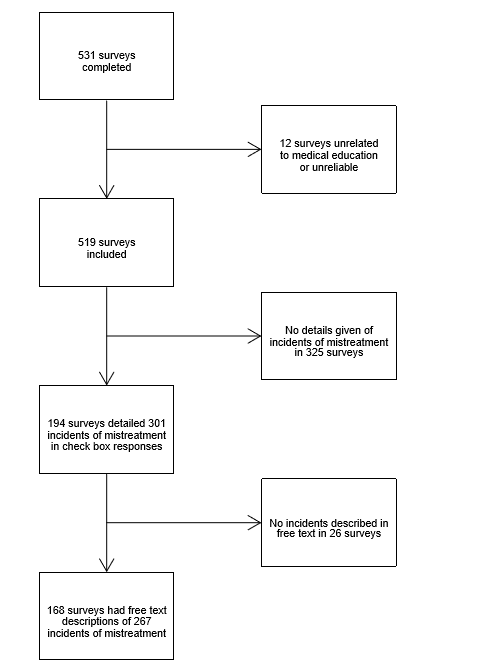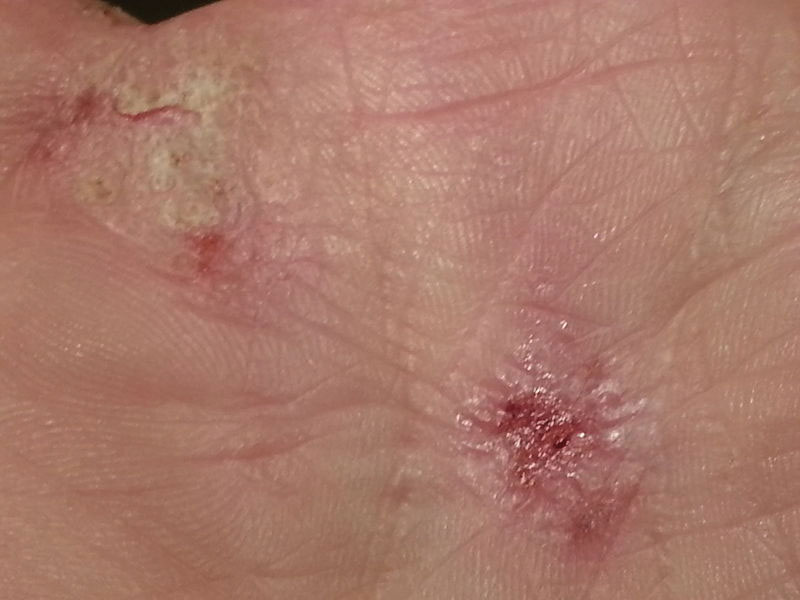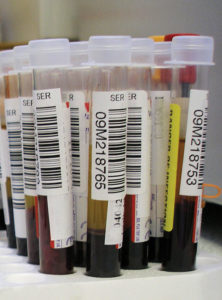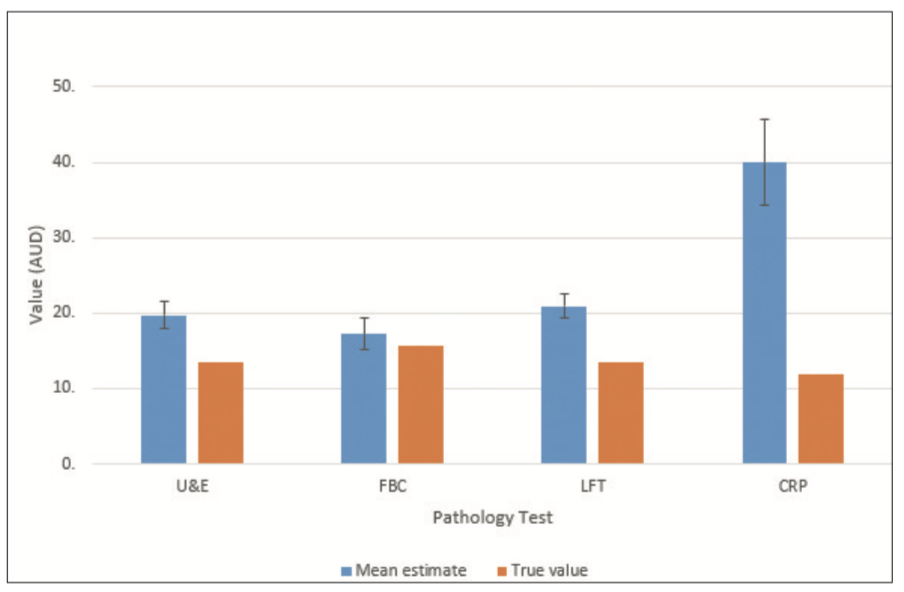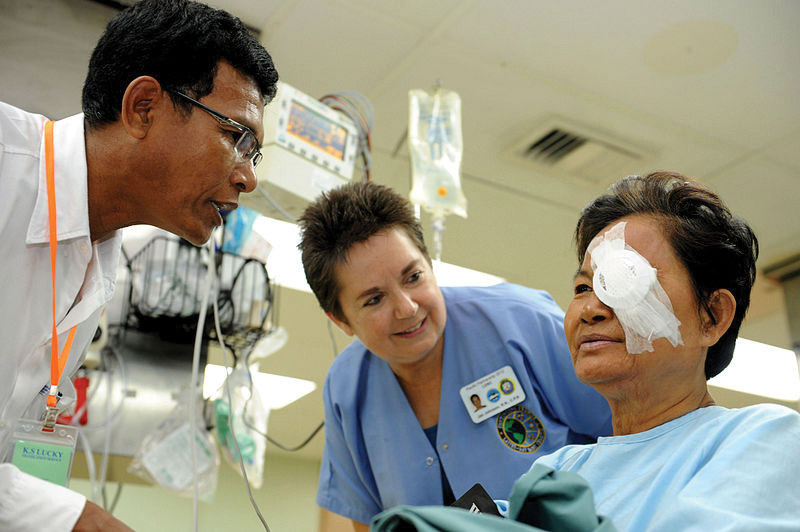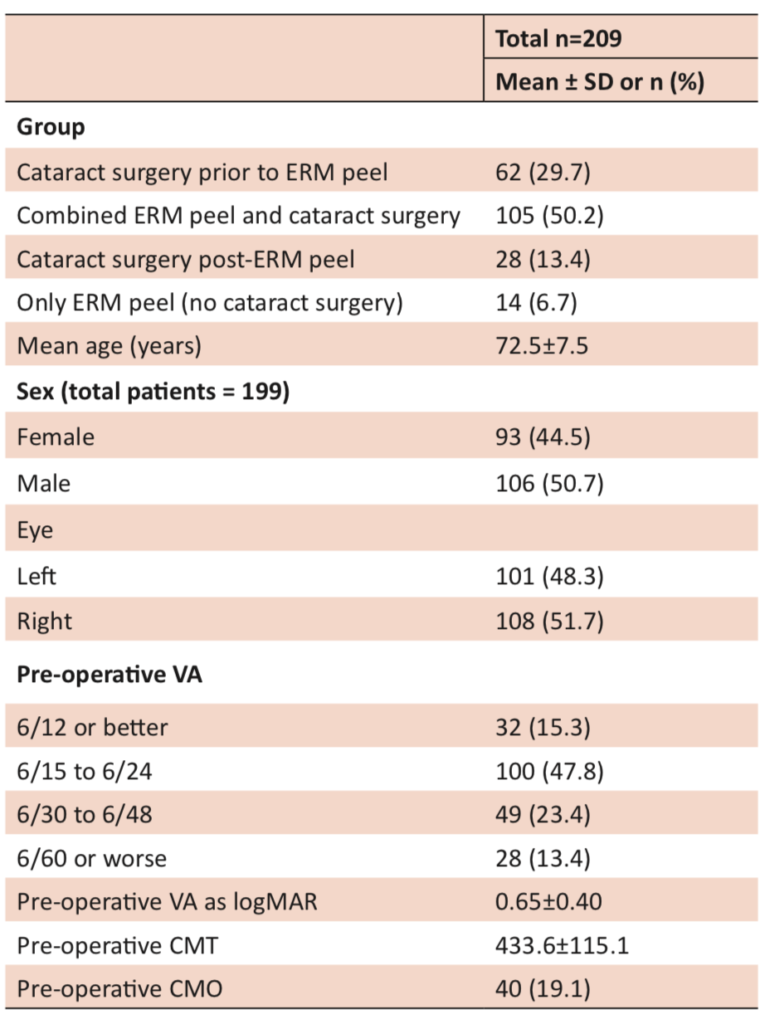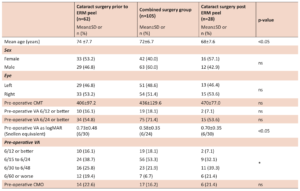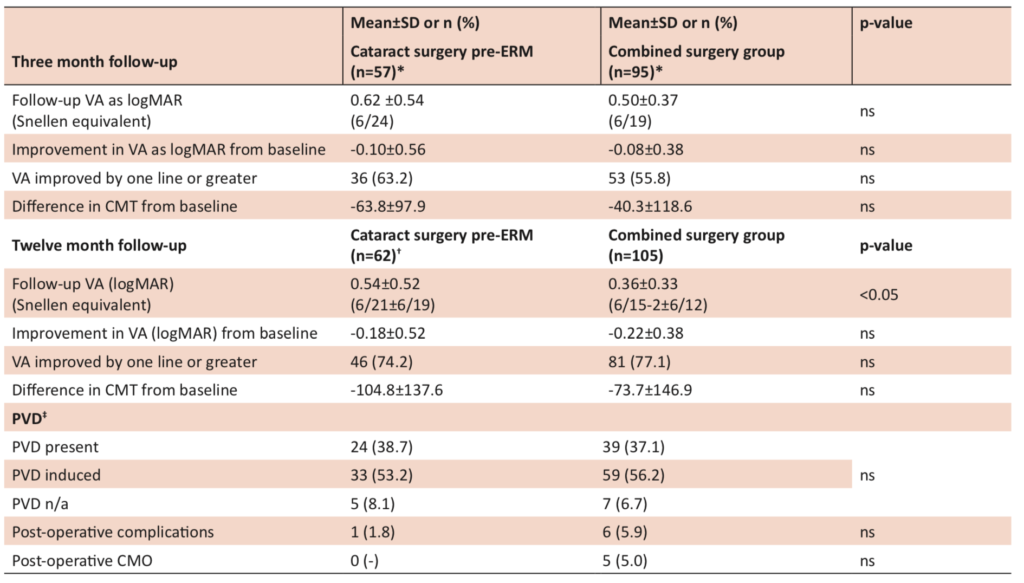Abstract
Background: To identify the facilitators and barriers to positive medical student placements at Aboriginal Community Controlled Health Services (ACCHSs).
Materials and Methods: A total of 15 focused interviews were conducted with medical students from Victorian universities and staff from two Victorian ACCHSs. Staff and students were asked about their expectations of students’ placements; the learning outcomes for students; the structural elements that have an influence on student placements; and the overall benefits and challenges of placements within these settings. This data was then thematically analysed.
Results: The study found that student placements in ACCHSs were of benefit to both the student and the organisation. However, areas for improvement were identified, including avenues for administrative assistance from universities in managing placements and clarifying expectations with regard to learning objectives. Overall, it was the opinion of participants that placements in this setting should be encouraged as a means of medical and cultural education.
Conclusion: The study contributes to building an understanding of the elements that lead to good practice in student placement design, and developing relationships between medical schools and ACCHSs. The study provides grounding for further research into the development of a framework for assisting successful student placements in the ACCHS setting.

Introduction
Medical education can be a powerful tool for social reform [1]. The teaching that occurs within medical schools, and the manner and context in which it is delivered, has the potential to influence the practice of future doctors and have an effect on addressing social inequities. One of the greatest heath inequities in Australia is between Indigenous and non-Indigenous Australians [2].
In an effort to address this health disparity, there has been increasing emphasis on the teaching and learning of Indigenous health issues in medical schools within Australia, with a range of initiatives guiding the development and improvement of the medical curriculum and associated activities [3,4]. One of the most significant is the inclusion in 2006 of Indigenous health in the Australian Medical Council’s guidelines for Assessment and Accreditation of Medical Schools [5]. An important element of the Standards for Accreditation is the emphasis on offering student placements in Aboriginal Community Controlled settings and the development of relationships between medical schools and Aboriginal Community Controlled Health Services (ACCHSs) to facilitate this (see Standards 1.6.2 (regarding effective community partnerships) and 8.3.3 (regarding exposure to culturally competent healthcare) [6].
Student placements in such a setting offer an opportunity for students to develop cultural competency in the area of Indigenous health. This was outlined in the National Best Practice Framework for Indigenous Cultural Competency in Australian Universities as a critical area of need, and defined as:
“Student and staff knowledge and understanding of Indigenous Australian cultures, histories and contemporary realities and awareness of Indigenous protocols, combined with the proficiency to engage and work effectively in Indigenous contexts congruent to the expectations of Indigenous Australian peoples [7]”.
 While ACCHSs have played host to medical students for some time, there has been little formal research regarding ACCHS as a setting for student placements, locally or at other universities across Australia [8-11]. The purpose of this study is to investigate the key facilitators and barriers to positive medical student placements in this sector.
While ACCHSs have played host to medical students for some time, there has been little formal research regarding ACCHS as a setting for student placements, locally or at other universities across Australia [8-11]. The purpose of this study is to investigate the key facilitators and barriers to positive medical student placements in this sector.
Methods and analysis
Participants for this research included Victorian medical students who had completed a placement at an ACCHS and staff members of Victorians ACCHSs who had been involved in medical student placements. Students were recruited on a voluntary basis by responding to an electronic noticeboard announcement. ‘Snowball’ sampling was also employed. A total of seven student interviews were recorded. Of these, six had been involved in placements in ACCHSs, and one in a remote Aboriginal community government-run health service. The duration of placements ranged from one to six weeks, and were conducted in ACCHSs located across Australia in Queensland, Victoria, New South Wales, Western Australia, and the Northern Territory.
The ACCHSs involved in this study were all located in Victoria and selected on the basis of having a pre-existing relationship with the University of Melbourne. Each organisation provided approval for involvement in the research following internal protocols, and staff members were nominated by the ACCHSs on the basis of their direct involvement in medical student placements. A total of eight interviews were conducted with the staff members from Victorian ACCHSs.
Data for this project was collected through a series of one-on-one semi-structured interviews with participants, conducted by the first author, either in workplaces of participants or university campus interview rooms. Interviewees understood the context and purpose of the research, as explained prior to interviews. Interview questions focused on the benefits and challenges both groups experienced during student placements at the services. Transcripts were returned to participants for comment and correction.
The data gathered from the transcribed interviews was arranged according to questions asked, and then further under thematic headings. Shared themes were derived from the data, without use of supportive software.
This project was conducted as part of the Scholarly Selective program of the University of Melbourne Doctor of Medicine. The first author at time of writing was a fourth-year postgraduate medical student, supervised by two experienced researchers. Ethics approval for this project was obtained through School of Population and Global Health Human Ethics Advisory Group of the University of Melbourne (approval no. 1443395).
Results
In total, 15 interviews were recorded for this research. All students were studying medicine at universities in Victoria. The ACCHS placements were undertaken as either GP placements or electives. Staff from the ACCHSs had a variety of roles including general practitioner, nurse, Aboriginal health worker, medical director, clinical director, and executive director of health services. Points of discussion arising from the data fell largely under six major themes:
- Student exposure
- Burden on health services
- Interpersonal value
- Community benefits
- Educational value
- Student engagement
All participants, on direct questioning, agreed that medical student placements in ACCHSs are important. The data was, therefore, considered on the basis that there is strong support from both students and staff to make these placements a positive and constructive experience for all.
Student exposure
A strong theme that emerged from the responses of both groups was that these placements offered medical students practical exposure to Indigenous health, culture, and community, with several students stating that they offered an important insight into Indigenous health that was not possible through theoretical teachings delivered elsewhere in the curriculum:
“I mean, you hear it, you read it, and so you know it superficially, but when you’re sitting in front of multiple people who can tell you the details of their story, you get a much better understanding as to why these families have had opportunities denied to them” (Student 6).
Students and staff also recognised that placements provided an opportunity to teach students about the ACCHS model of healthcare, which involves not only the delivery of medical services, but also health prevention, social outreach and advocacy programs that address the social determinants of health [12-15]. For one Aboriginal health worker, the value lies in teaching the principles of self-determination upon which ACCHS are founded [15]:
“I just like the fact that they’re in our setting, our community, and learning from us, not being told by someone else that this is how it is” (Staff member 6).
Community benefits
Staff and students cited the potential benefits for Indigenous communities, such as recruiting medical staff and strengthening ties between the medical profession and Indigenous communities, as a primary benefit of student placements:
“… we see it as an opportunity to expose people to what it’s like working in Aboriginal health, and that helps us with recruitment” (Staff member 8).
Several staff and students commented on the role of placements to promote awareness of ACCHSs amongst the medical community, thereby increasing the likelihood of referrals and support for the services:
“… it’s very good for the organisation and the community to see that students come here to learn because it gives them the message that this is a place of excellence … I think that builds confidence on their part in the service” (Staff member 8).
In addition, placements provided ACCHSs and their patients the opportunity to engage in the medical education process:
“… it makes medical education more transparent for Aboriginal people … and in turn I think that has the potential to create more trust between the patient and the doctor in Aboriginal health centres” (Student 6).
Participants also saw that placements could have a broader impact on the healthcare system outside of the ACCHS setting, in that the students who have had this experience would go on to work in practices and hospitals across the country in a more culturally appropriate way. As such, these placements are “… seeding the medical workforce with people who have some understanding and experience in Aboriginal health” (Staff member 4).
Burden on health services
Participants recognised that the administrative and organisational duties required for placements were very time-consuming, and that supervising students put pressure on practitioners’ time, increasing delays for patients and overall demand on the practice. The administrative duties for ACCHS staff include scheduling time for teaching, co-ordinating the student’s timetable to allow them to spend time in various parts of the organisation, and working through requests for placements from different universities and faculties.
Many of the challenges that students experienced in their placements related to how well the organisation was able to handle these tasks. This was, as several students noted, a feature of clinical placements that is not unique to the ACCHS setting. Challenges for some students included an apparent lack of structure to the placement, staff being unaware in advance of the student’s arrival, finding the clinic to be underprepared for the student or understaffed, or doctors simply not having the time available to teach the student. As one student commented, the service was, “… definitely very welcoming … but they were very space-limited and time-limited in terms of how much attention they can pay to students” (Student 6).
Several students mentioned the value of a careful introduction and orientation to the practice as a way of helping students to feel comfortable in the new environment, and as a result, improving student engagement and relieving some of the administrative stress on the organisation:
“If the host organisation gives a good introduction to the student, it will be easier for them right the way through the placement because the student will know what they’re doing and where they fit, so they won’t be constantly having to direct them” (Student 6).
Educational value
Responses in regards to the education value of the placement varied both between and within the two groups. Most staff at the ACCHSs were generally very happy with the educational experience they provided, not only in terms of general practice knowledge, but also holistic care, community medicine, and Aboriginal culture. Several staff, however, recognised that the emphasis placed on cultural and holistic care may not have been in line with what students expected from placements:
“… I don’t know if they come with that same perspective of the holistic model of care … yes, the clinical side is important, but that’s not the whole reason why they’re coming to [ACCHS]s” (Staff member 2).
Conversely, some of the staff interviewed said that some students were surprised by the degree of emphasis placed on the general practice aspect of the placement.
While all students reported that the placement had been a valuable learning experience, more than half of those interviewed commented that in terms of examinable material for a general practice rotation, the ACCHS placement was perhaps not as rewarding as a placement in a ‘mainstream’ practice:
“I don’t think I learned a lot of examinable material” (Student 3).
One student noted the fact that the longer consultations, which staff regarded as a virtue, meant fewer patients were seen, and the opportunity for learning through repetition was diminished on a purely quantitative basis.
In contrast to the opinions of some of their peers, several students stated explicitly that they believed the educational experience was better for being in an ACCHS setting, and many said that the cultural and community teachings had enriched their learning.
“I can only say that I think if anything it was an advantage because not only did I get the clinical experience I also got the community, social aspect of it as well which might be harder to grasp if you hadn’t done that” (Student 1).
This discrepancy in opinions to some extent reflects a differing of expectations both within the student group and between the students and staff.
Student engagement
Participants were asked what they defined as a ‘successful’ placement. Responses from students varied, and largely focused on basic principles of medical education such as patient contact and fulfilling the curriculum requirements, but also included having clear expectations and an orientation to the ACCHS.
While staff responses also varied, the majority of comments related to student engagement—with the staff, the service as a whole, and with the community:
“If … I get a sense that they’re starting to integrate with the broader team … that sort of marrying in with the team well, I think, is a very good sign” (Staff member 8).
Several staff commented that students who were confident in the ACCHS and able to seek out their own learning opportunities were ‘easier’, more engaged and more likely to be active learners:
“Some of them are much easier and more outgoing. Whereas some of them you have to spend a bit of time engaging and making them feel confident…that’s not a bad thing but it’s harder work” (Staff member 5).
Interpersonal value
The value of the human interactions that arose from placements emerged as a common theme in the interviews. Several students spoke of the relationships with staff, and the trust that developed with community members returning to the clinic, as particularly rewarding experiences:
“I got to see a number of patients quite a few times so that made it a very good learning experience, and a lot of the patients were very trusting, and so I got to do a lot in terms of their care. That … was really rewarding” (Student 6).
Staff from the ACCHSs spoke enthusiastically of having engaged students around the clinics and the organisations more broadly:
“It’s enjoyable, honestly, to see someone who wants to come here and work with Aboriginal people” (Staff member 7).
They cited the benefits of a fresh perspective on health, a new skill set, at times a helping hand, and importantly, a sense of goodwill toward the Indigenous community and the health organisation in the form of a demonstration of interest in Indigenous people and their health.
Discussion
Major benefits and challenges
This study highlights strong support for student placements in ACCHSs. The most commonly cited reasons for this support centre on the ability to offer students first-hand experience in an Aboriginal community health setting, and the reciprocal benefit to the community in creating a more culturally educated workforce.
The challenges reported by staff and students emphasise areas in need of improvement in the placement process, and provide a foundation for refinement. The foremost of these is the administrative and organisational burden on the health services, how the co-ordination of placements can be improved, and what the implications are for the relationships between universities and ACCHS in this process. Nelson et al [10] suggest that there is a role to be played by university-appointed administrators to assist ACCHSs in the processes required to ensure students and the ACCHSs themselves are adequately prepared for placements. Their study highlights the positive feedback received when such appointments have been made, and the interviews here reinforce the message that good preparation and coordination improves the experience of both staff and students [10].
Orientation
Ensuring that students feel both socially and culturally oriented in the placement environment is an important element of a successful experience for both staff and students. Students who feel at ease, or more confident in the environment, tend to be more proactive with their learning, and less demanding on the organisation. An important way of fostering this is through a formal orientation.
At the sites where an orientation was undertaken and involved specific cultural awareness training, students felt more confident and engaged. While this responsibility sat with the ACCHS, several participants noted that cultural awareness training should be a core part of medical education in the university environment. Preliminary training would then be the basis for, and be complementary to, the localised and more specific learning provided once students are in the ACCHS setting. Improved coordination between the universities and the ACCHSs is therefore important to ensure that appropriate training and orientation is completed before the student begins their work in the clinical environment.
Educational value of placements in ACCHSs
A successful placement requires that all parties have a clear understanding of the nature and purpose of the placement, with shared expectations of learning objectives. Most placements are either part of general practice rotations or student-initiated electives. While the interviews included positive accounts of both types of placements, the flexibility of student-initiated electives was noted as an advantage in the ACCHS context. Electives, as distinct from other in-semester rotations, are not intended to fulfil precise curriculum requirements, and allow students to engage more freely in learning about Indigenous health and culture and the broader healthcare delivery services provided by ACCHS. However, participants also noted the importance of ACCHSs being included in general practice rotations. It must also be recognised that the medical curriculum is not limited to clinical decision-making, and the educational value of these placements should not be restricted to these domains.
Selection of students
The administrative burden and over-demand for student placements in ACCHSs raises the issue of whether students should be required to demonstrate an interest in Indigenous health to be granted a placement, a requirement that already exists in some ACCHSs. The interview data clearly identified that the burden on the heath service was greater if students were unenthusiastic, disinterested, and unable to self-manage. Approximately half the respondents agreed that an expression of interest should be requisite. The remainder of respondents suggested that those students who do not express an interest in Indigenous health placements might have the most to gain from the experience. Adequate orientation may provide a solution in terms of familiarising the student, managing expectations, and facilitating a positive experience for the student and health service.
Limitations
This study was limited in its breadth by the nature of the research as a University of Melbourne Scholarly Selective project. The study therefore had limited scope and a small sample size, and while strongly-shared themes arose from the data, the interviews did not reach saturation. The authors also acknowledge that students interviewed had all voluntarily selected Aboriginal health placements, and therefore a selection bias may exist with regard to their views of the value of these placements. The authors further acknowledge that while students interviewed were placed in ACCHSs across Australia, the ACCHS staff were from Victorian ACCHSs only, and therefore the placements they describe are not necessarily shared experiences. No community members visiting the ACCHSs were interviewed. Their opinions on the presence of students in the organisations may form a basis for further research.
For ACCHSs to continue to be an active part of medical education, as mandated by the AMC, it is important to ensure that they have the resources to provide a good learning environment, and that the presence of students is not an impediment to the organisations. Placements should contribute to cultivating trust between Indigenous communities and the medical profession, and this is more likely with careful planning and co-ordination of placements. It is hoped that the findings of this research will help guide student placements into the future and contribute to ensuring a mutually beneficial system. Further research and larger trials in this area may include investigation of the perspectives of community members on the presence and engagement of students in ACCHSs, as well as a deeper exploration of the effects of student placements in other settings, including remote areas.
Conflict of interest
None declared.
Abbreviations and notes
ACCHS- Aboriginal Community Controlled Health Service
* Note: the term ‘Indigenous’ is used in this article to refer to the Aboriginal and Torres Strait Islander peoples of Australia.
St x– student no. x
Sf x– staff member no. x
References
[1] Murray RB, Larkins S, Russell H, Ewen S, Prideaux D. Medical schools as agents of change: socially accountable medical education. Med J Aust. 2012;196(10):653.
[2] Australian Bureau Of Statistics. Experimental life tables for Aboriginal and Torres Strait Islander Australians [Internet]. 2007 [updated 2013; cited 2015 October 10]. Available from:
[3] Mackean T, Mokak R, Carmichael A, Phillips GL, Prideaux D, Walters TR. Reform in Australian medical schools: a collaborative approach to realising Indigenous health potential. Med J Aust. 2007;186(10):544-6.
[4] Phillips G. CDAMS Indigenous health curriculum framework [Internet]. Melbourne: VicHealth Koori Health Research and Community Development Unit; 2004 [cited 2015 Jan 5]. Available from: http://www.limenetwork.net.au/files/lime/cdamsframeworkreport.pdf
[5] Australian Medical Council. Assessment and accreditation of medical schools: standards and procedures [Internet]. 2006 [cited 2011 Nov 10]. Available from: http://www.amc.org.au/forms/Guide2006toCouncil.pdf
[6] Australian Medical Council. Standards for assessment and accreditation of primary medical programs by the Australian Medical Council [Internet]. 2012 [cited 2015 Jan 6]. Available from: https://www.amc.org.au/files/d0ffcecda9608cf49c66c93a79a4ad549638bea0_original.pdf
[7] National best practice framework for Indigenous cultural competency in Australian universities [Internet]. Universities Australia Indigenous Higher Education Advisory Council (IHEAC); 2011 [cited 2015 Jan 6]. Available from https://www.universitiesaustralia.edu.au/uni-participation-quality/Indigenous-Higher-Education/Indigenous-Cultural-Compet
[8] Weightman, M. The role of aboriginal community controlled health services in Indigenous health. Australian Medical Student Journal. 2013;4(1).
[9] Ross S, Whaleboat D, Duffy G, Woolley T, Sivamalai S, Solomon. S. A successful engagement between a medical school and a remote North Queensland Indigenous community: process and impact. LIME Good Practice Case Studies. 2013;2:39-43.
[10] Nelson A, Shannon C, Carson A. Developing health student placements in partnerships with urban Aboriginal and Torres Strait Islander Community Controlled Health Services. LIME Good Practice Case Studies. 2013;2:29-34.
[11] Patel A, Underwood P, Nguyen HT, Vigants M. Safeguard or mollycoddle? An exploratory study describing potentially harmful incidents during medical student placements in Aboriginal communities in Central Australia. Med J Aust. 2011;194:497-500.
[12] Marles E, Frame C, Royce M. The Aboriginal Medical Service Redfern – improving access to primary care for over 40 years. Aust Fam Physician. 2012;41(6):433-6.
[13] Panaretto KS, Wenitong M, Button S, Ring IT. Aboriginal community controlled health services: leading the way in primary care. Med J Aust. 2014;200(11):649-52.
[14] Bartlett B, Boffa J. Aboriginal Community Controlled comprehensive primary health care: the Central Australian Aboriginal Congress. Aust J Prim Health. 2001;7(3):74-82.
[15] Davis, M. Community control and the work of the national aboriginal community controlled health organisation: putting meat on the bones of the ‘UNDRIP’. Indigenous Law Bulletin. 2013;8(7):11.

